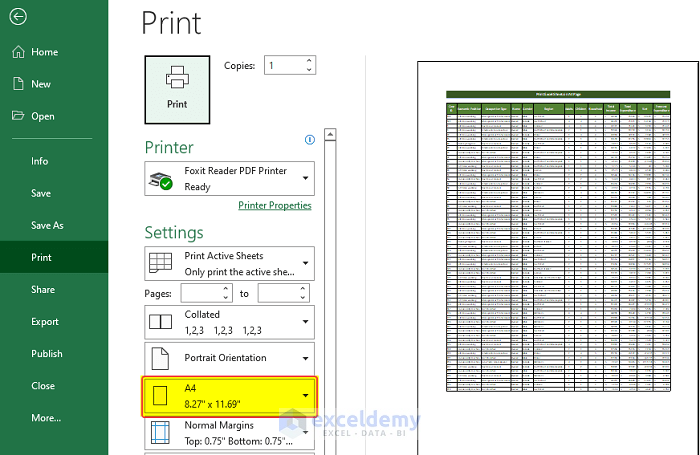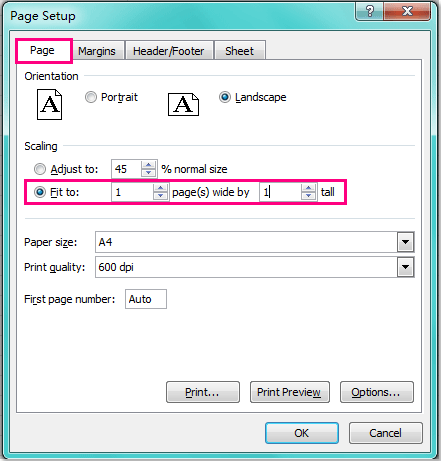Print First Sheets in Excel Easily: Quick Guide

Working with Microsoft Excel can be both a delight and a challenge, especially when you need to handle large datasets or multiple worksheets within a workbook. Whether you are a beginner or a seasoned Excel user, understanding how to quickly access and manipulate specific sheets can streamline your workflow significantly. In this post, we'll explore how to print the first sheet in an Excel workbook effortlessly, along with some useful tips and tricks to enhance your Excel experience.
The Basics of Printing in Excel

Excel is known for its robust functionality in organizing and analyzing data, but one of the most basic functions many users look for is printing. Here’s a step-by-step guide to printing the first sheet:
- Open Your Excel Workbook: Launch Excel and open the workbook containing the sheets you want to print.
- Navigate to the First Sheet: Make sure the first sheet you wish to print is active. You can do this by clicking on the sheet tab at the bottom of the Excel window.
- Adjust Print Settings:
- Go to the ‘File’ menu, then click on ‘Print’.
- Check the print preview to ensure that what you see is what you want to print.
- Here, you can adjust the orientation, margins, scaling, and more to fit your requirements.
- Print the Sheet: Click on the ‘Print’ button to send your first sheet to the printer.
Advanced Printing Options

If you’re dealing with more complex documents or need more control over what gets printed, consider these advanced features:
- Print Area: Define a print area if you only want to print a specific range of cells.
- Print Titles: Repeat rows or columns on each printed page if your data spans across multiple pages.
- Page Layout: Use Page Layout view to design your printout layout, including headers, footers, and print gridlines.
Creating a Custom Print Layout

To further customize your printing experience, consider the following steps:
| Option | Description |
|---|---|
| Page Setup | Adjust page settings like paper size, scaling, and margins to match your print needs. |
| Print Area | Set a specific area of your worksheet to be printed, helping to focus on relevant data. |
| Repeat Headers | Make sure important headers repeat on every printed page for clarity. |
| Print Options | Toggle options like gridlines, row and column headings, or comments on or off as per your requirements. |

💡 Note: Remember, setting up the print area or defining page breaks beforehand can save a lot of time in large documents.
Using Macros for Efficiency

If you frequently need to print specific sheets, you might consider using macros:
- Create a macro to automate the printing process, ensuring consistency in formatting and selection.
- This can be particularly useful if you need to print several sheets in a specific order or format.
Tips for Better Printing

To enhance your printing experience and ensure the best output, here are some tips:
- Check Print Preview: Always review the print preview before you print to avoid wastage.
- Use Shortcuts: Excel has several keyboard shortcuts to speed up the printing process.
- Print Selection: If you only need part of a sheet, use the Print Selection option to print just that part.
- Printer Settings: Ensure your printer settings match the document settings for the best quality print.
In summary, printing in Excel can be straightforward or intricate depending on your needs. From the basic click-and-print functionality to setting up complex print layouts and using macros for efficiency, Excel offers a range of options to fit different scenarios. By mastering these tools, you can make sure that your printed documents are exactly as you intend them to be, saving both time and resources. Remember to always verify your print settings before printing to avoid unnecessary waste.
How do I print multiple sheets at once in Excel?

+
To print multiple sheets at once, hold down the Ctrl key and click each sheet tab you wish to print. Once selected, go to File > Print, and Excel will print all selected sheets.
Can I save a custom print layout for future use?

+
While Excel doesn’t natively allow saving custom print layouts, you can create a macro that captures these settings for future use. This requires some knowledge of VBA programming.
Why do my headers not appear on every page when printing?

+
Check if you have set the headers to repeat on every page through Page Layout > Print Titles. If not set, headers will only appear on the first page.